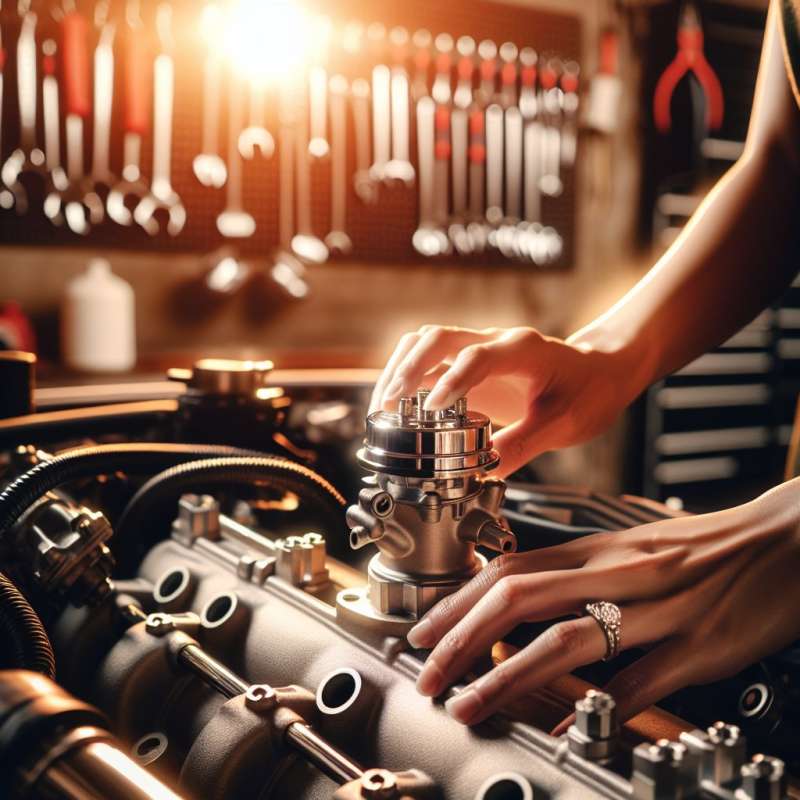
Introduction to Crankcase Ventilation
Crankcase ventilation is essential for engine health. It expels harmful gases, reduces pressure and prevents oil contamination. Without it, engine life is significantly reduced and performance drops.
Positive Crankcase Ventilation (PCV)
PCV, introduced in the 1960s, reroutes crankcase gases back into the engine for combustion. This reduces emissions and improves efficiency by recirculating otherwise wasted gases.
Closed vs. Open Systems
Closed systems, now standard, recirculate gases into the intake manifold. Open systems, seen in older vehicles, release gases directly into the atmosphere—now obsolete due to environmental concerns.
Breather System Evolution
Early engines used simple breather caps to ventilate the crankcase. As emissions standards tightened, more complex systems evolved to capture and neutralize these gases more effectively.
PCV Valve Functionality
The PCV valve is crucial for system regulation, adjusting gas flow based on engine load. It prevents a vacuum when idle and manages airflow during high-pressure operation.
Diagnosing PCV Issues
Common symptoms of a failing PCV system include oil leaks, sludge buildup, engine misfires, and increased oil consumption. Regular maintenance is key for engine longevity.
Future of Crankcase Ventilation
Innovations in crankcase ventilation focus on improving emissions and efficiency. New materials and designs aim to adapt to tighter regulations and the specific needs of electric vehicles.
What is crankcase ventilation for?
Aesthetic engine enhancement
Expels gases, reduces pressure
Improves tire performance
Company